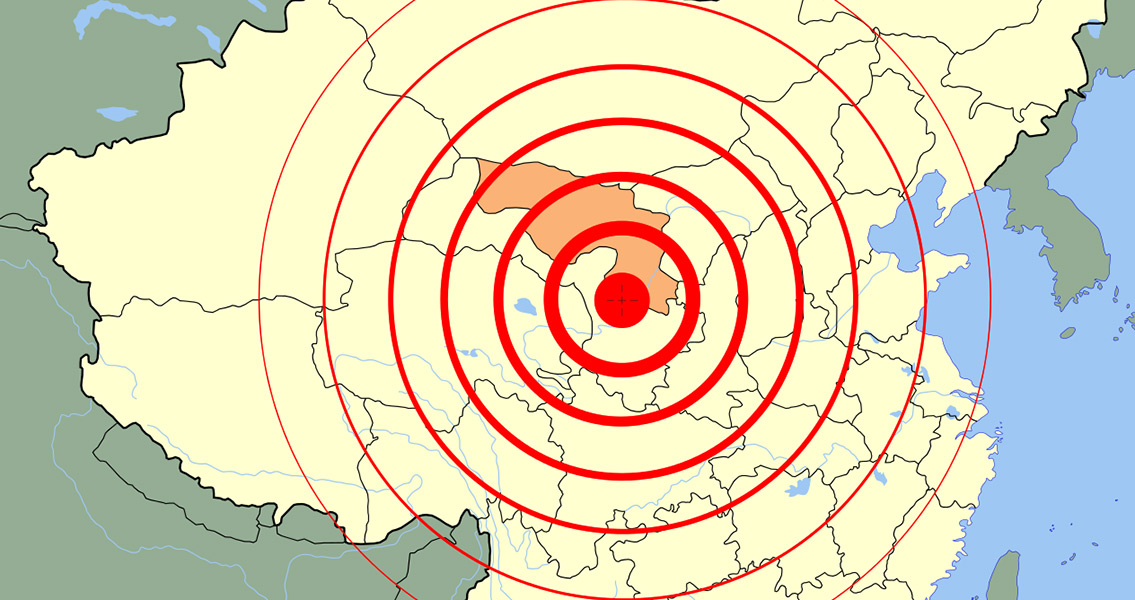<![CDATA[16th December marks the anniversary of two of the most spectacular earthquakes in history. The two events demonstrated the terrifyingly awesome power of nature, and the volatile geology of our planet. Separated by a period of 109 years, the 1920 Gansu earthquake in China and the 1811 New Madrid earthquake in the USA were two of the strongest seismic events in history. The Gansu Earthquake is estimated to have measured 8.5 on the Richter scale, the New Madrid Earthquake 8.6. Both quakes had drastically different human costs. The earlier quake had its epicenter in the Mississippi River Valley, close to the town of New Madrid, Missouri. The event was ferocious enough to alter the topography of the Mississippi River Valley region, and yet no human casualties were recorded. Areas of land were raised by as much as 15 feet and the course of the Mississppi River was altered. Such was the power of the tremors the Mississippi momentarily changed direction, forming Reelfoot Lake in Tennessee. In total, an area covering 30,000 miles was affected by the quake, with church bells on the East Coast supposedly being rung by the aftershocks. Additional aftershocks continued throughout the winter of 1811, and into Spring 1812. Approximately 2,000 subsequent vibrations in North America were attributed to the after effects of the New Madrid Earthquake. Of these, at least five were estimated to be earthquakes of at least 8.0 magnitude on the Richter scale. The seemingly miraculous fact that nobody was killed by the earthquake was a result of it occurring early in the region's settlement. In 1811 the Mississippi River Valley was much more sparsely populated than it is today. Estimates for the death toll of the Gansu Earthquake are still being revised, but it is generally agreed that at least 200,000 people were killed. A 2010 study suggested that as many as 273,000 people lost their lives as a result of the earthquake, claiming previous estimates failed to account for the true breadth of the area affected. Named after Gansu province in central China, the epicenter of the earthquake was in fact in the neighbouring Haiyuan County, leading some experts to refer to it as the Haiyuan Earthquake. Unlike the New Madrid event, the 25,000 square mile radius of the Gansu Earthquake included ten major population centres. In cities close to the epicenter houses collapsed and some small towns were completely flattened. Approximately 200km of surface faults were opened up by the 16th December earthquake, with Seiches (sudden waves of water) being seen in lakes as far away as Norway. Much of the Gansu Earthquake's devastation was a result of landslides it triggered. Entire rivers were dammed, while others had their courses significantly altered. Seismic events as severe as the Gansu and New Madrid Earthquakes are incredibly rare. Nevertheless, the contrasting consequences of the two show just how devastating earthquakes can be in densely populated areas. ]]>
Anniversary For Two Of History's Most Shocking Earthquakes
